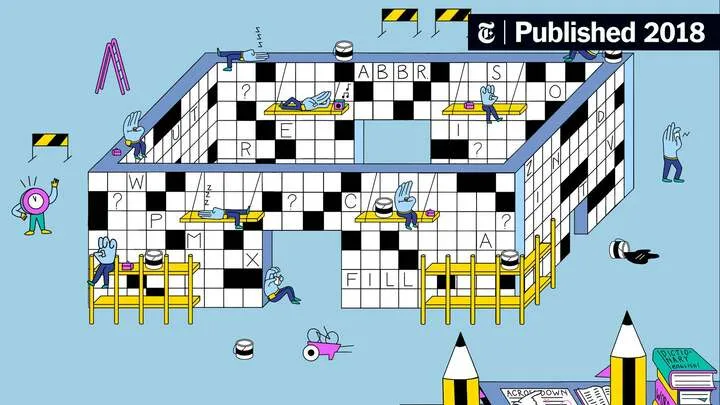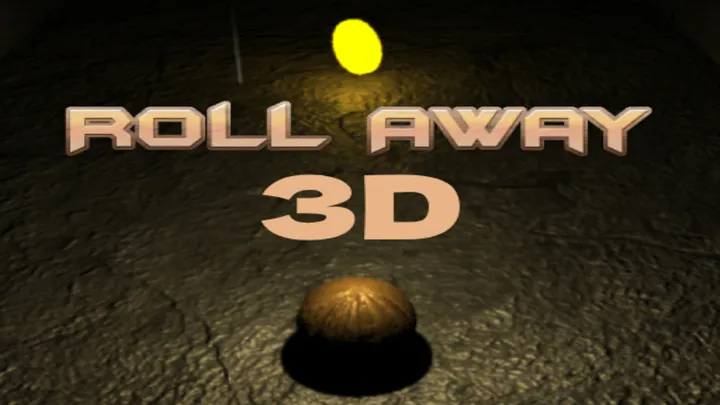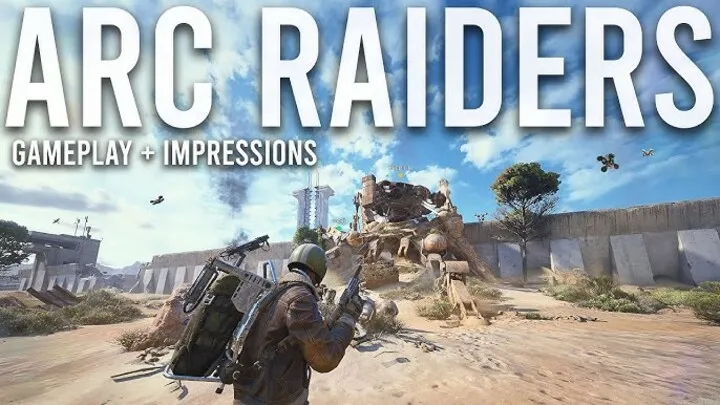Crazy Kick Ball may seem like a light, arcade-style game where you guide a ball past defenders to score goals, but beneath its simple exterior lies a surprisingly deep psychological structure. The game operates on a foundation of pressure manipulation, instinct, spatial interpretation, and rapid adaptation. This article explores one specific aspect of Crazy Kick Ball: the art of controlled chaos.
Instead of listing steps or explaining how to play, we examine the mental patterns, hidden mechanics, and design structures that shape the player’s experience. Crazy Kick Ball becomes far more intriguing once you understand how chaos is engineered—and how players learn to move through it.
The Core Principle of Controlled Chaos

Crazy Kick Ball is chaotic on purpose. Every defender movement, formation shift, and path opening is designed to feel unplanned, yet it follows invisible systems that reward players who learn to sense patterns. The chaos comes from aggressive defender behavior, unpredictable shapes, and quick reactions. The control, however, comes from the player’s ability to stay focused and navigate that chaos with intentionality.
Most players instinctively attempt to eliminate chaos fully, but the game demands partial surrender. You cannot control the field; you can only control how you move through it. This balance between instinct and acceptance is what transforms a simple run into an exhilarating experience.
Defender Behavior and Psychological Pressure
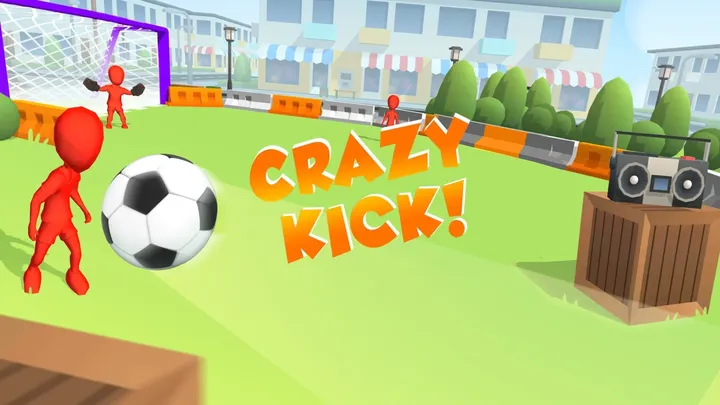
Defenders in Crazy Kick Ball behave like a hive. They do not act randomly; they respond dynamically to where the ball moves and how quickly it travels. Their primary function is to create pressure—visual, spatial, and emotional.
The Pressure Bubble
Every time the ball moves, it generates a pressure bubble. Defenders automatically collapse inward toward this bubble, tightening formation and forcing players to make micro-adjustments.
This bubble contracts or expands depending on your speed, direction, and angle of approach.
Psychological Impact
The effect is emotional as much as mechanical. The field feels smaller. Defenders appear closer than they actually are. The brain perceives increasing danger.
Learning not to panic inside this shrinking space is the key to surviving chaotic moments.
The Geometry of Escape Routes
Escape routes in Crazy Kick Ball follow subtle geometric logic. Some openings flare outward like a fan. Others form narrow corridors. Some require sharp-angle pivots.
Players who fail usually misread these shapes. They move into pressure instead of away from it, or they focus too narrowly on the ball’s current position rather than the geometric flow ahead.
Peripheral vision becomes essential. The best escape paths often sit at angles the player isn’t directly looking at. With practice, the brain learns to recognize escape geometry automatically, turning chaotic fields into solvable puzzles.
Momentum as a Psychological Tool
Momentum in Crazy Kick Ball manipulates the player’s emotions and mental state. When the ball moves quickly, your mind enters instinct mode—decisions become rapid and fluid. When momentum slows, the brain shifts into analytical mode, often causing hesitation or overthinking.
Developers know this. They design levels that alternate between fast, instinct-driven segments and slower, technical ones. By controlling momentum, the game controls your confidence. Understanding this dynamic helps players recognize why fast runs sometimes feel easier despite appearing more dangerous.
Pattern Recognition Under Stress

Crazy Kick Ball trains players to identify patterns in defender movement. These patterns repeat, but stress can make them hard to recognize. When defenders close in, the brain shifts into survival mode, reducing cognitive capacity for pattern detection.
The Stress Curve
Moderate stress sharpens focus. High stress reduces clarity.
This is why players can make flawless moves early in a run but panic during the final seconds.
The Freeze Moment
When stress peaks, instinct often collapses. Players freeze, hesitate, or veer into defenders.
Learning to maintain calm during peak stress separates skilled players from overwhelmed ones.
Rhythm and Field Flow
Crazy Kick Ball has an invisible rhythm, built from alternating waves of acceleration and precision. The field guides players into this rhythm whether they know it or not.
Rushing through the entire run breaks this rhythm. Moving too slowly does the same.
The ideal state is a fluid dance—gliding, weaving, slowing, accelerating. When movement aligns with the field’s natural flow, the game feels almost meditative. When it doesn’t, everything feels chaotic. This rhythmic dynamic is intentional and is one of the core reasons the game feels so smooth when mastered.
Psychological Anchors and Micro-Decisions
Players rely on psychological anchors—small visual cues or gaps in defenders—to guide movement. These micro-anchors help the brain predict motion and determine where safety lies.
Crazy Kick Ball challenges players to make dozens of micro-decisions per run. Each small adjustment compounds into a larger trajectory. One subtle correction early on may determine whether the run ends in success or failure.
Over time, players internalize these micro-patterns. The ball moves less by conscious control and more by instinct developed through repetition.
The Emotion Loop of Near Misses
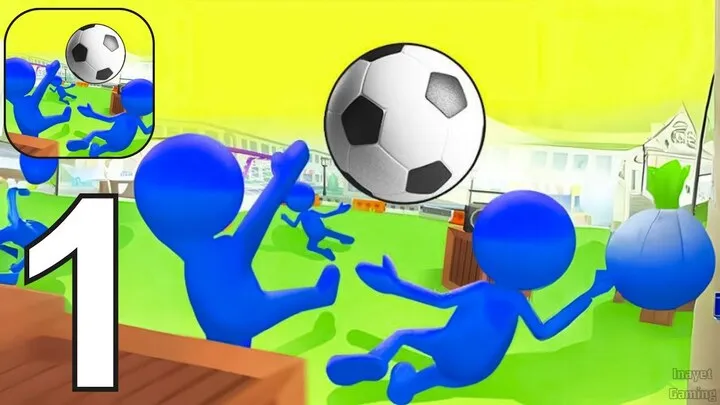
Near misses—those razor-thin escapes between defenders—are the emotional core of Crazy Kick Ball. They trigger a powerful neurochemical response, blending adrenaline with dopamine.
These moments feel exhilarating and addictive. Players feel like they narrowly escaped disaster, even if the move was predictable or controlled.
This emotional loop can influence decision-making. After a near miss, players often take bigger risks, chasing that same thrill. The game intentionally uses these emotional spikes to create momentum in play sessions.
The Goal Moment and Emotional Release
Scoring a goal in Crazy Kick Ball isn’t just success—it’s emotional release.
All the pressure, stress, tension, and micro-focus evaporates instantly. The brain interprets the goal as victory over chaos.
This emotional high creates a cycle: build tension, release tension, reset. The more chaotic the run, the greater the satisfaction at the finish.
This balance between chaos and calm is why Crazy Kick Ball keeps players returning for "one more run."
Conclusion
Crazy Kick Ball is far more than a simple obstacle-dodging game. It is a psychological maze built on the principles of pressure, geometry, rhythm, and emotional pacing. Every defender movement, every split-second decision, every moment of chaos is carefully engineered to challenge instinct, perception, and composure.
Understanding the deeper layers behind its design reveals that Crazy Kick Ball is not just about avoiding defenders—it’s about mastering the mental patterns that shape your reactions. The game transforms chaos into a playground of instinct, awareness, and emotional flow. And once you see its structure, you’ll never look at a run the same way again.













